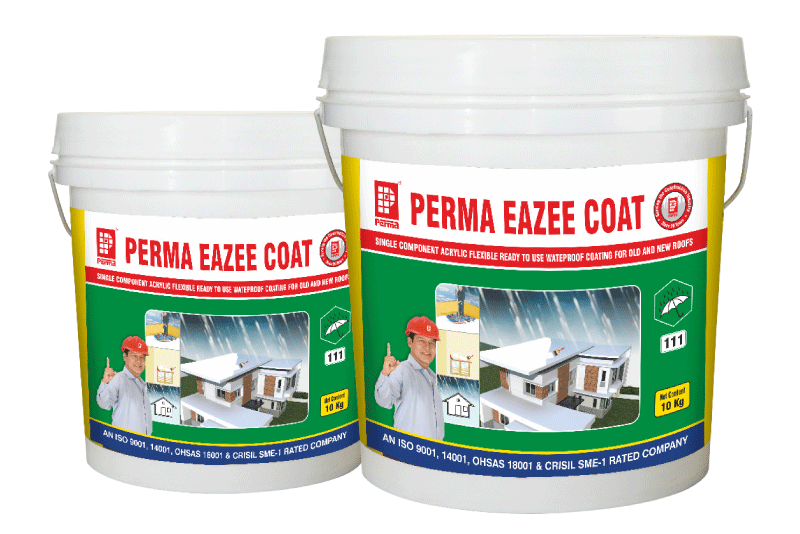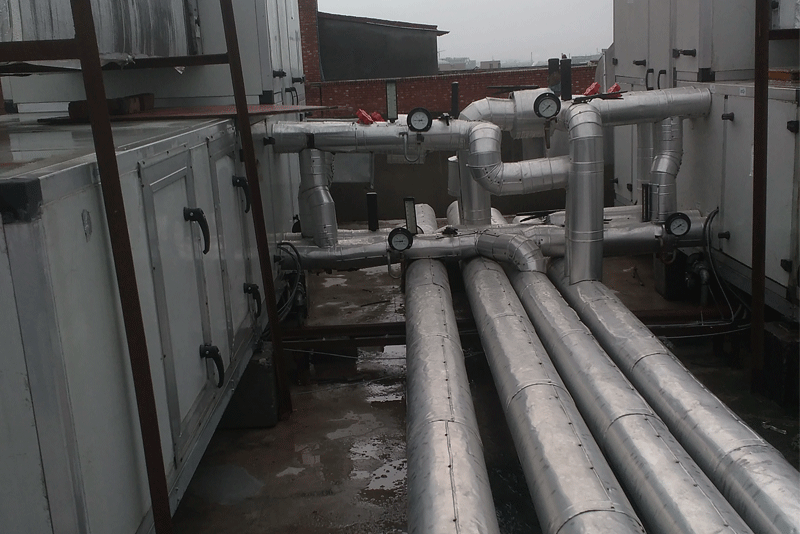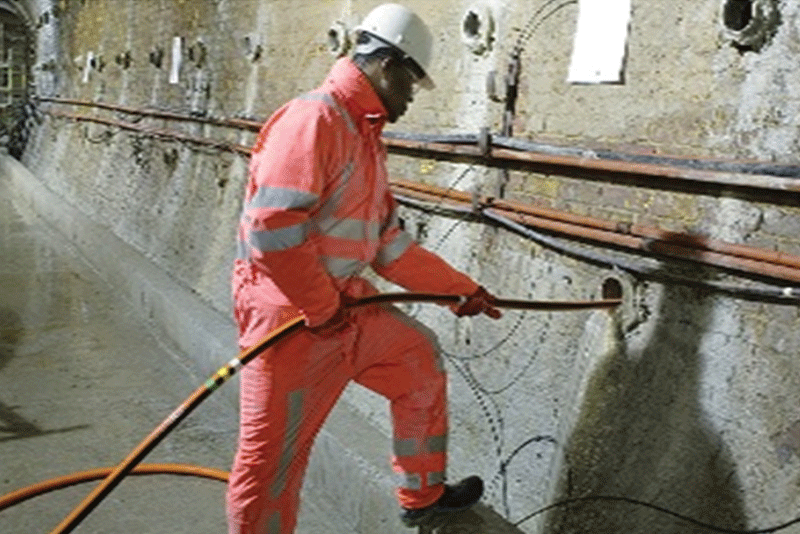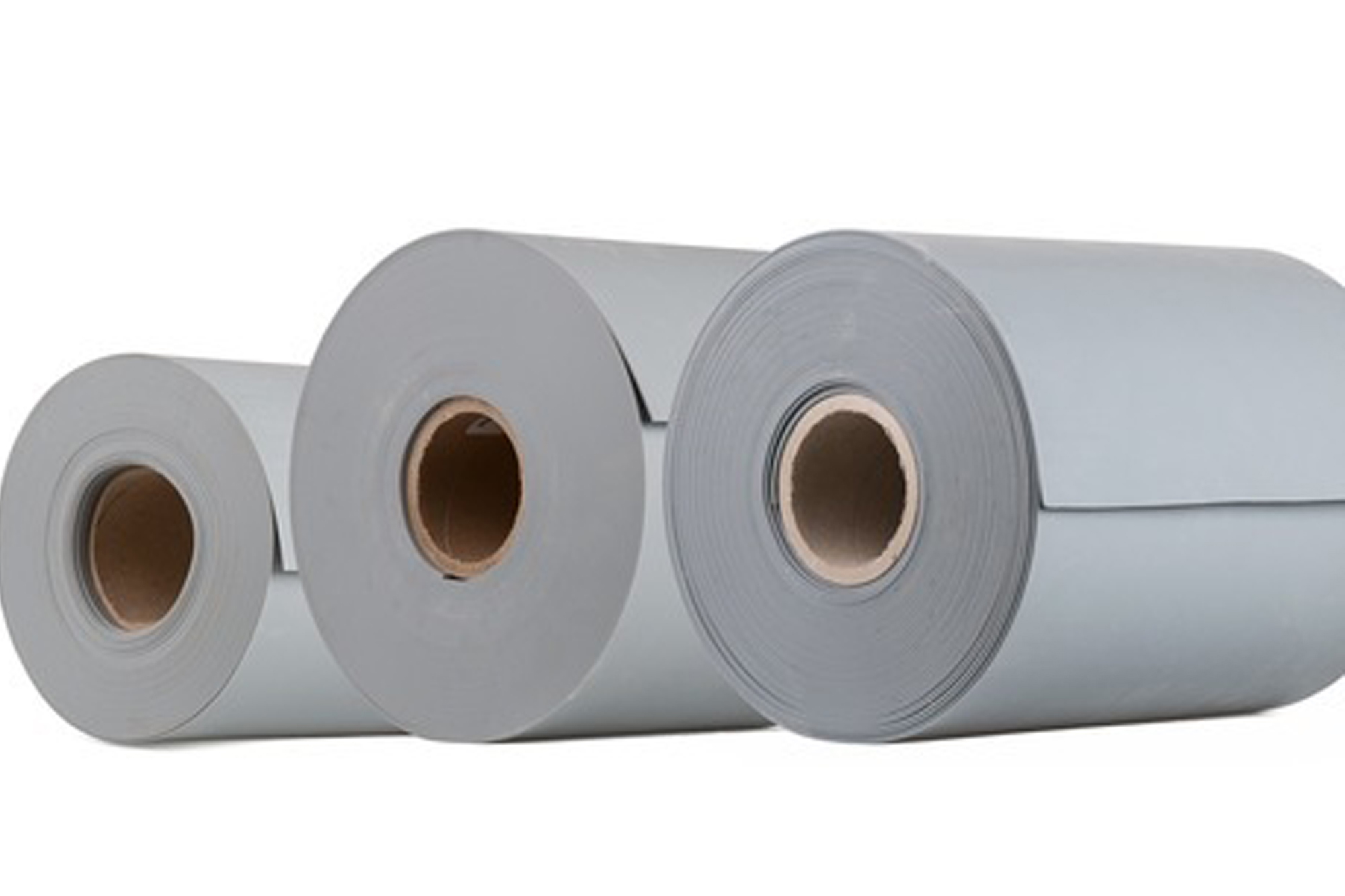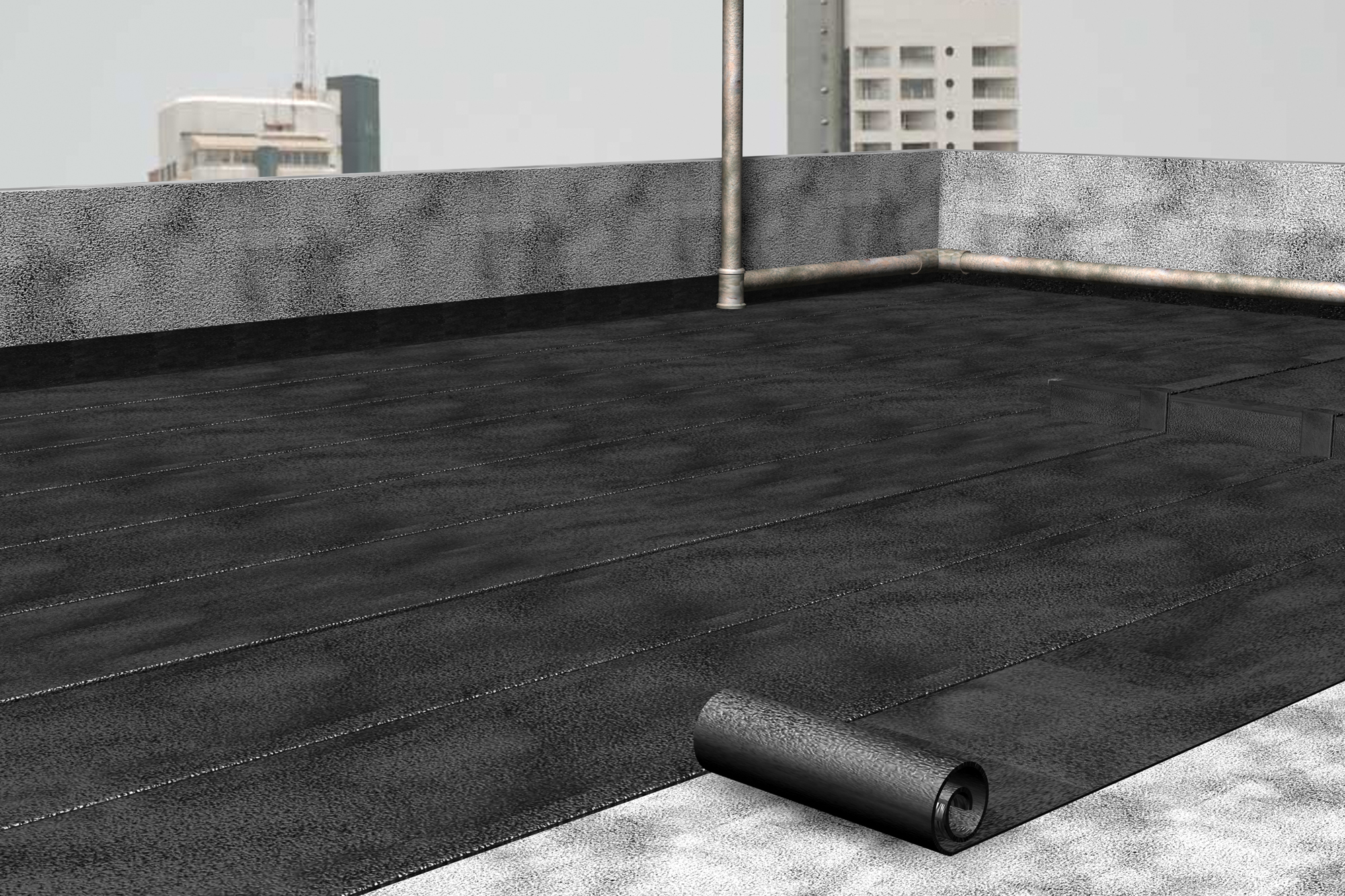Get your buildings ready for monsoon
By Edit Team | April 20, 2017 9:50 am SHARE

As the monsoon is knocking at the door, necessary steps to be taken to make the buildings monsoon ready. Monsoon in India comes in two parts. Commonly known as the South West monsoon, it starts in June and continues till the middle of September. The second part of the monsoon falls from October to December is more commonly known as the North-East Monsoon. This rainfall activity happens in the eastern part of the southern India. The season observes a shifting wind pattern that brings about a change in the weather resulting in rains over an area. Apart from the discomfort it causes, the summer heat also results in the expansion in building materials can also be a cause of concern and that may lead to cracks in future. When the temperature reduces, as the rains begin, the construction materials contract. Even if the constructions are designed such that they will sustain the changing weather conditions, often some wear and tear takes place. We address this issue and bring some tips from the experts on how the buildings can be made monsoon ready.Chemical and waterproofing becomes lucrativeConstruction and waterproofing chemicals play important role in the segment of repairs and renovation in large scale projects. From last few years a trend shows that growth area of this industry are admixtures and repair system products. “In India there are a large no of building which are more than 30-40 years old as well as India is having large number of heritage structures like temples,” says Nikhil Rangari, Asst. Manager Marketing, Choksey Chemicals Pvt Ltd.The structures are in a dire need of renovation and repairs. “The climatic changes and the inferior quality of chemicals and building materials used cause many of these buildings to need repairs much earlier,” states Rangari. According to him, the current government laws also help to grow the construction chemical and waterproofing segment. That is why he feels that this segment is looking more lucrative and can be consider new growth segment. Sharing his views on the requirement in the renovation segment, Rangari says, “The renovation segment also required some of the specialty chemicals products for example Techrepell WB, a water repellant coating so that the looks of old heritage structure remain the same.”Adding further, he says, “CCPL provides a wide range of services and products for structural repairs, painting, and tiles adhesive and waterproofing. With our broad range of experience and services in the commercial, industrial and institutional, we had developed products specially to cater repair and renovation segment.”Some of the products offer by CCPL is especially for the repair and maintenance of structures are as follows:Paintex 4 : Acrylic based crack filling compound which can be used for filling the wall cracksMastergrout CPG1: Free flowing non shrink grout used for the grouting purposeMasterock basic: Structure repairing mortar used to repair the old concrete structuresFutura 5: Exterior elastomeric coating which acts as waterproof covering.Splash: Free flowing waterproofing compound used for doing the waterproofing of unreachable areas without breaking exiting surface.Proper planning for structural rehabilitation“Construction and building material sciences is a highly matured technology, world over. However, the other side of civil engineering that is post construction activities, which is commonly referred as maintenance and repairs, is a field where continuously incremental improvements are happening,” says Hasan Rizvi, Sr. Vice President, STP Ltd. Even if this is the case, Rizvi feels that at times the radical and breakthrough technologies are been adopted successfully. Hence, knowledge and technology is highly dynamic and volatile in this field. According to Rizvi, the success of a repair and rehabilitation of structures depends on the specific plans designed for it. “Protection, repair and rehabilitation procedures depend on evaluating the condition of concrete in the structure, relating the condition of the concrete to the underlying causes of distresses and selecting appropriate repair material and method for any deficiency found, and using the selected materials and methods to repair or rehabilitate the structure,” Rizvi states explaining his point.The following points should be taken into account for both, new construction of new concrete and the repair of deteriorated structures.• Poor quality construction• Lack of waterproofing treatment• Poor maintenance, blocked drain pipes• Lack of proper slope causing stagnation of water• Leaking pipe joints.The compatibility of materials in repair systems and the increased need for performance specifications are all considerations. A holistic model for deterioration takes into account the effect of both the scientific facts and the experimental knowledge of environmental factors and how they affect each component of the structure. To achieve durable repairs it is necessary to consider the factors affecting the design and selection of repair systems as parts of a whole or as components of a composite system.Speaking about the reasons why repairs fail, Rizvi says, “The reasons why the repairs to fail is due to improper understanding of the structure and causes of the distresses. Once the reasons are identified, a proper repair strategy can be worked out by a qualified civil engineer.” The corrosive substances penetration helps corrosion of the steel reinforcement. As the rust has more volume then the original steel bar, the rust causes tension in the surrounding concrete. “As the cover of concrete is limited on the outer side, the resultant tensile force causes cracks formation and the crack permit more easier entry of water and oxygen to form more rusting. Resulting in increase in the volume and the cracks in concrete get wider and wider. The surrounding concrete becomes partly disintegrated which finally causes spalling,” speaks Rizvi.Repair procedure• Removing all the damaged/cracked/spalled concrete by tapping with light hammer/chipping with chisel/High pressure water jet/Compressed air. • Cleaning and removing all loose defective concrete/materials, cleaning of all corroded/rusted reinforcement bars using Rust Remover ShaliRust Off of STP fixing extra reinforcement as required by welding.• Applying Epoxy Resin based Primer ShaliPrime ZnR of STP . Applying a single coat of Epoxy Resin based bonding agent ShaliBond Concrete of STP Ltd. Fixing standard injection nozzles of 10/12 mm diameter after and including drilling holes of required diameter for the nozzles at 300 mm spacing along the crack, sealing the nozzle from sides with Epoxy mortar or putty namely Shalifix EM, Injecting through the fixed nozzle, Epoxy injection Resin Grout : ShaliGrout EI of STP LtdSolutions as per requirementPuneet Kakroo, Business Head, Fibrex Construction Chemicals Pvt Ltd shares the various offerings that the company has in the construction chemicals segment. He says, “Apart from having a wide range of chemicals and additives for meeting the requirement of construction, automotive, cement and other industries, we are also self efficient in fulfilling the requirements of repair and rehabilitation.”Following are the products that are offered by Fibrex.Grouts Non Shrink Cementitious/High -Tolerance GroutSpeaking about the role of grouts, Kakroo says, “When grout locks the tiles tight, keeping the water out, thus giving floors and walls a finished look, nobody pays much attention. It’s only when grout fails, becoming stained, cracked, or falling out altogether, that people take notice.”However, he feels that the grout deserves more respect. Explaining his point, Kakroo adds, “Not only does grout fill the voids, it makes the floor, wall, or countertop stronger by bonding the tiles together and preventing the edges of a tile from chipping and cracking.”Injection Grout SystemsAreas of application • Heavy duty grouting of machinery and equipment • Ball mills in cement plants • Petro chemical and fertiliser units • Bridge plates • Bearing plates and textile machineries • Deep fill machine bases. Jacketing of columns by FIBMICROCRETEJacketing is one of the most frequently and popularly used techniques to strengthen reinforced concrete (RC) columns. With this method, axial strength, bending strength, and stiffness of the original column are increased. To achieve this purpose, the treatment of the interface must be carefully chosen. The common practice consists of increasing the roughness of the interface surface by FIBMICROCRETE. Crack RepairFIBSEAL (JSE-700 / JSP-700): Semi-Rigid FillersAreas of application • Concrete construction & control joints • Crack filler repair for old floors • Industrial and commercial floors • Interior applications. Features & Advantages • Semi-rigid formula that allows for limited temperature and humidity movement of concrete.• Tough performance reduces floor joint repairs and maintenance.Expansion Joint Waterproofing TapeFIBFLEX (EP) TAPE: An expansion joint or movement joint is an assembly designed to safely absorb the heat-induced expansion and contraction of construction materials, to absorb vibration, to hold parts together, or to allow movement due to ground settlement or earthquakes.FIBFLEX (EP) TAPE has specially being designed to completely water tight all types of expansion joints having high ability to accommodate structural movements.Opening of a new sphere“Repair and maintenance is a unique segment in the construction industry, because every project has a demand for customised solutions,” says Anandita Kakkar, Deputy General Manager Marketing and Advertising, Kryton Buildmat Company Pvt Ltd. According to her, the uniqueness of this segment is due to the opening of a new sphere in industrial, infrastructure, residential and commercial projects.While every project needs repair in a different section of their structure, the most common and dangerous problem is always related with the ingress of water. Leaks and cracks are the most common reasons a building seeks repair. In fact, this is such a common occurrence that waterproofing and crack repair industry has been booming. Explaining further, Kakkar says, “Global companies are producing special products and services exclusively for water proofing repair and rehabilitation. The problem however is that most of these are temporary in nature, expensive, difficult to apply and come with no guarantee.”Sharing the details about the offerings of Kryton, Kakkar informs that the company’s complete repair solution works from within the concrete, repairing and strengthening the structure. A combination of Kryton products, the crack and leak repair solution includes:Krystol PlugKrystol Plug is a fast setting powder that is used to immediately arrest the seepage or flow of water through concrete voids. Once mixed with water, Krystol Plug sets within 5 minutes and stops heavy in-flow of water allowing waterproofing repair to be installed in leaking cracks, holes, joints or any place where water is flowing at a high rate or under pressure, as per the company claims.Krystol Bari-CoteKrystol Bari-Cote is a high-strength waterproofing grout that is uniquely designed to repair leaking cracks, holes and joints. It combines chemically with water and concrete to form millions of needle-like crystals which grow in all directions to fill any capillary pores of the grout and surrounding concrete to block the passage of water.Kystol T1 & Krystol T2Kystol T1 & Krystol T2 Krystol T1 are surface-applied crystalline waterproofing treatment for concrete structure. These are dry powder, which when mixed with water become a coating and are applied to the inner or outer side of a concrete structure. Remedial water proofingMonsoon leads to damp walls, fungus, cracks on ceilings and walls. “Buildings need maintenance and it is imperative to address early signs of deterioration to the structures. Water seepage causes corrosion, distress, breaks the bonding of concrete to steel which weakens the structure,” says Dr Sanjay Bahadur, Global CEO, Construction Chemical Division, Pidilite Industries Ltd. Being a waterproofing expert, Dr. Fixit provides end-to-end repairs and waterproofing solutions along with the right diagnosis of the problem. Speaking about the products, Bahadur adds, “All the products under Dr. Fixit brand have excellent quality and therefore are more accepted across the industry vis-à-vis competing brands. There has been a lot of thought processes combined with uninterrupted R&D that have helped us strengthen the overall brand equity of our mother brand – Dr. Fixit. Our products include Dr.Fixit LW, Dr. Fixit Blueseal, Dr. Fixit Roofseal and Raincoat Cool.” According to Bahadur, the waterproofing solutions not only offer benefits of good aesthetics but also keep the building safe from any possible leakage while offering respite from the summer heat as well.Speaking about the offerings from the company over the last one year, Bahadur adds, “In the last one year, we have introduced revolutionary product lines in the area of waterproofing and insulation like Newcoat Coool for Roof and Raincoat Coool for external walls that is paving the way forward for dual benefit coatings. Dr.Fixit Dampguard is another unique product that is used as a damp-proofing treatment for internal walls and ceilings.” Additionally Dr. Fixit also offers a unique technical service. The company applies various state-of-the-art techniques such as non-destructive tests and concrete petrography for evaluating existing concrete structures to measure the strength of concrete and if they need be replaced or rehabilitated. The technologies that are used not only detect water leakages in buildings but also provide analysis and interpretation of test results along with recommendations for remedial waterproofing.Waterproofing: The need and importanceWaterproofing is a very common word used in day to day life. Most of us know and understand the pain of leaking roofs, walls and bathrooms. The damage done by such leakage is not only limited to aesthetics but many times compromises the safety of users and inhabitants. Dampness on interiors may lead to many issues like fungus growth, foul order and spalling of plaster work. Water ingress may result in damage to electrical fittings, potentially exposing people to various hazards such as fire and electrical shock.Why does concrete require protection? Manoj Mishra, DGM – Sales, Construction Chemicals Division, Chembond Chemicals Limited answers this question saying, “The simple reasons are the porosity, cracks and potential to react with atmospheric gases such as CO2. Apart from that, the structures have various joints and connections which need to be considered and given extra protection.”Integral approachIt is very clear that waterproofing is not just about single system or section of construction. Careful analyses needs to be done to understand and design waterproofing system, which will take care of entire building envelope. Speaking about the integral approach, Mishra says, “The integral approach considers all materials, section and factors such as the environment, final use and critical areas. This approach begins at the stage of conceptualisation of a project.” There are various places and sources from where, water can enter a structure. This could be a ground water (which depends on the water table), rain water and water associated with damp areas and plumbing works. Various products and systems such as sheet membranes, liquid waterproof coating, crystalline systems, water repellants, and integral waterproofing agents are available in the market.Liquid applied waterproofingThrowing light on the term, Mishra says, “The term means, any system applied in liquid state and then transforms to solid state or integrates itself to effectively waterproof the application area.” This mainly includes flexible cementitious slurries, acrylic, EVA or SBR based elastomeric coatings, Polyurea, Polyaspartic, Polyurethane, Hybrids, thermoplastic acrylates, epoxy based coatings and membranes.Crystalline and penetrating treatments are also applied in liquid form but their action is not through sealing but through penetration in to the concrete and reaction with hydration products. Effectiveness of each system depends on application methods, substrate conditions, exposure / usage conditions, thickness applied and subsequent maintenance. According to Mishra, the differentiation can be made depending on following factors:• Whether applied internally or externally• Covered or exposed• Contact of water is continuous or intermittent• Trafficked or non trafficked• Exposure to other chemicals except water and CO2• Access to the area in future, if reapplication or repair is necessary• Underground (Below Grade) or above ground (Above Grade)• Expected Movements• Primary or Secondary system• Other specific requirements as per user needs or Exposure conditions. ConclusionThough no one can confirm the life of any structure, the tips mentioned above can come handy in preparing the building ready for the monsoon.
Cookie Consent
We use cookies to personalize your experience. By continuing to visit this website you agree to our Terms & Conditions, Privacy Policy and Cookie Policy.



